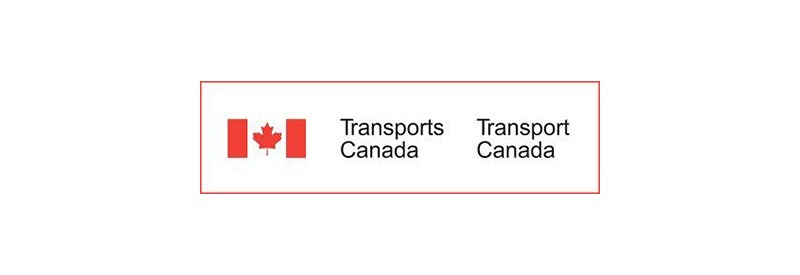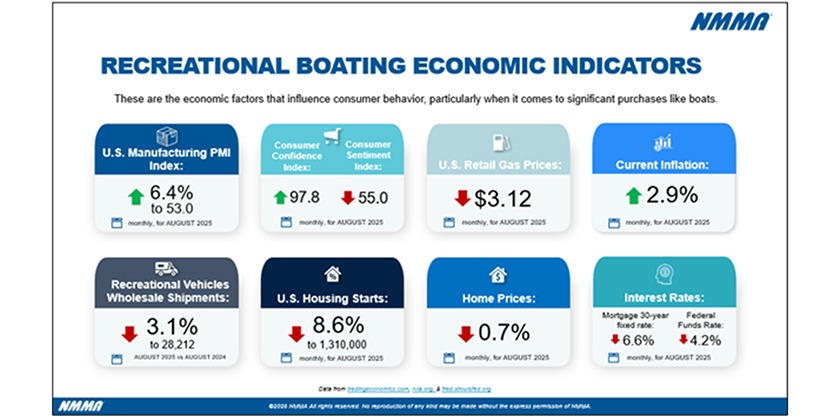Canada’s economic recovery and employment levels

Oct 19, 2021
According to a recent story in Bloomberg, Canada’s surprise jobs surge that was reported in early October, recoups the pandemic losses, but our full recovery is still a way off.
The story noted that the Canadian economy added a net 157,100 jobs in September, all of them accounted for by full-time positions. In fact, you could say that the recovery from the COVID-19 recession is almost complete, judging by the latest jobs report. Emphasis on “almost.”
Statistics Canada said on Oct. 8, that Canada’s economy added 157,000 jobs in September, an unexpected surge that pushed employment to 19.131 million, compared with 19.13 million on the eve of the first wave of COVID-19 infections in February 2020.
It’s been a fast recovery. The agency’s data show Canada recouped the three million jobs lost during the pandemic in 19 months, compared with the 27 months it took to claw back the 411,000 positions lost during the Great Recession, an argument in favour of the aggressive economic rescue packages assembled by the Bank of Canada and Justin Trudeau’s government. On the other hand, we are sure to have a significant budget deficit and continued ultra-low interest rates may be sowing the seeds of a future financial crisis. But, if the mission was to avoid a painfully slow recovery, the strategy seems to have worked.
Recently, we have written in this column about the supply chain and product shortages, and while Canada’s employment picture is looking good, businesses are far from being back to normal. That may include your marine industry business.
For years, boating has been challenged to attract sufficient workers and we suspect that is still the case.
Indications are that relatively highly skilled and highly paid workers are now doing better than they did before the crisis, but Statistics Canada’s latest hiring data suggest that there were 654,000 fewer workers making less than $20 per hour in September than there were at the start of the pandemic. At this point, the recovery seems to be far from complete, and it’s also become imbalanced.
One of the indicators the governor watches most closely is the distribution of hiring by wage rates. Employment of workers who make more than $30 per hour was 14 per cent above its pre-pandemic level in September, and it was eight per cent higher for those who earn between $20 and $29.99.
But employment of workers lower on the pay ladder took a step back. The number of people earning between $12 per hour and $20 per hour was still 11 per cent below what it was in February 2020, and long-term unemployment remains a significant worry.
What does this mean to the boat business? Does your business have the people and skills that you need to succeed in the coming year?
With the end of the season in most Canadian markets, are you now loosing people, or can you finally attract more staff?
Boating Industry Canada will plan a News Week Employment survey in the coming weeks. We hope you will contribute your data to help us paint a national employment picture for the coming year.
Andy Adams – Editor



























